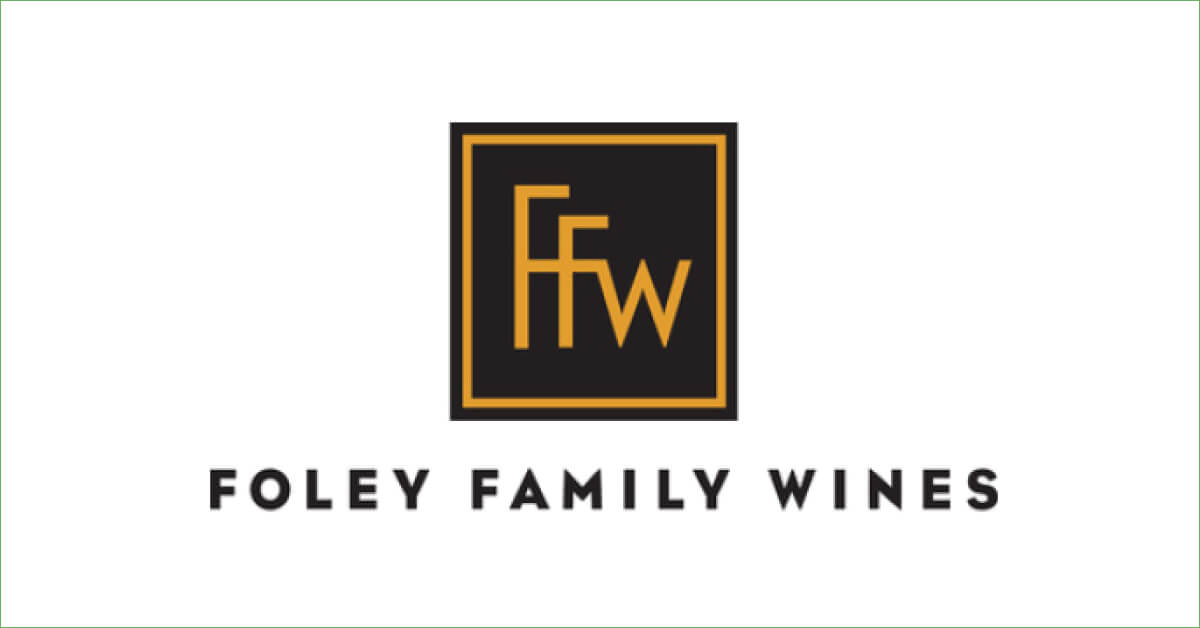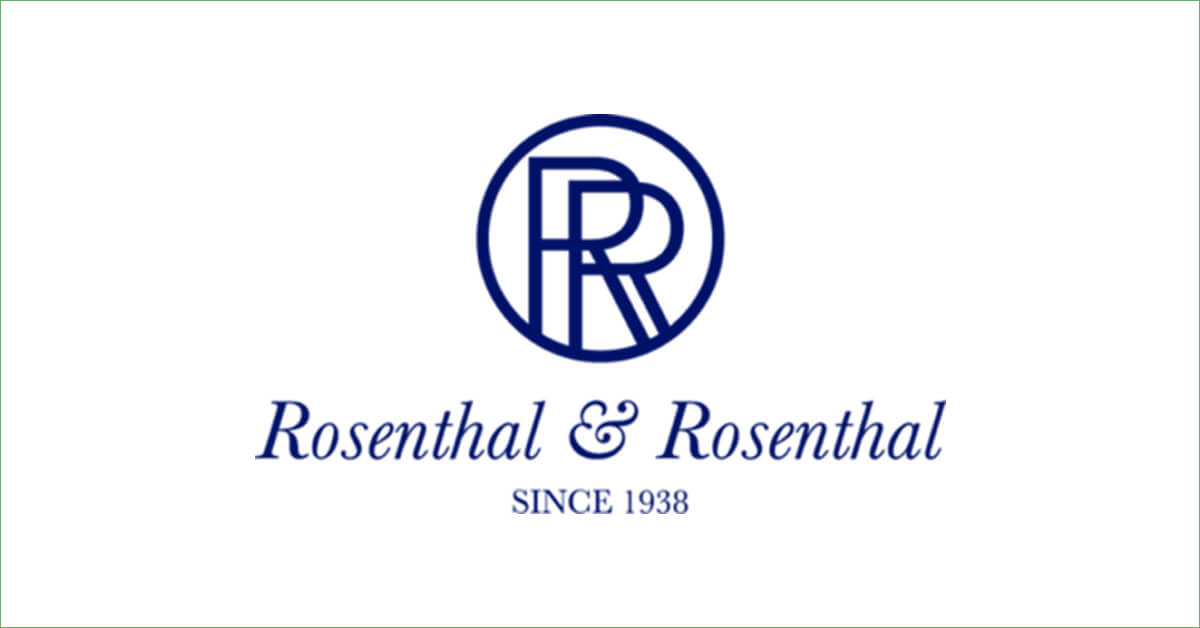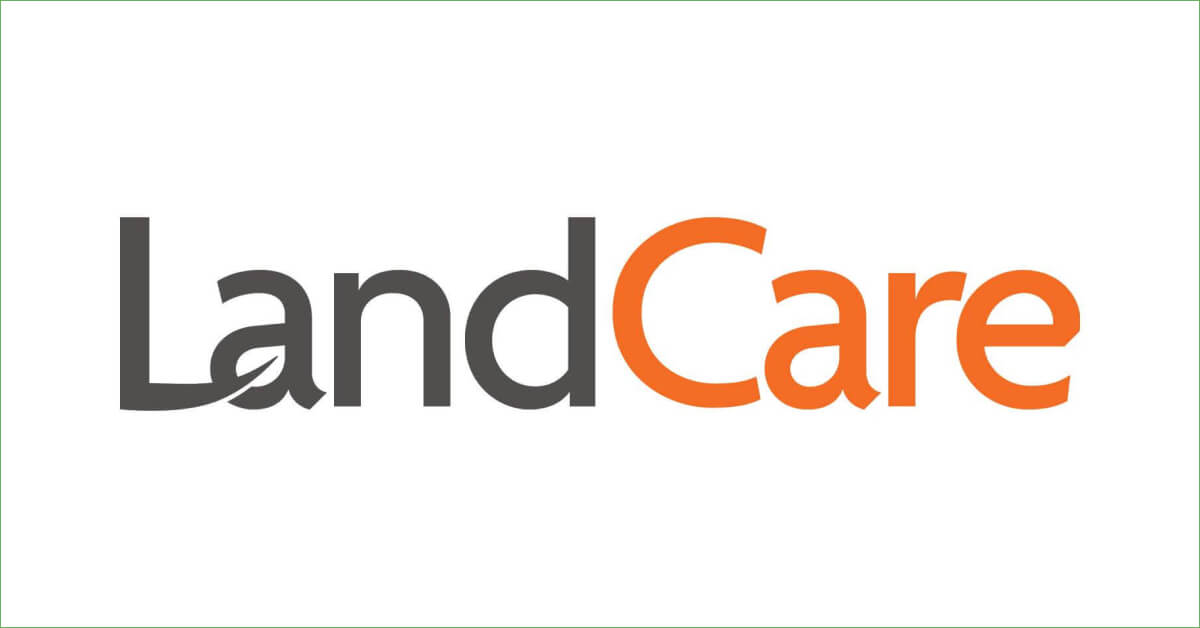The wine industry has experienced substantial growth in recent years, and that growth is only expected to continue in the years to come. In fact, by 2025, the industry is expected to reach $1.684 billion in sales, an increase of 2 percent from its 2017 numbers.
With all of this growth comes a demand for top talent in the industry. Between 2001 and 2017, employment in the industry increased by 153 percent, with most of the growth seen in top wine-producing states like California and Texas. Since wineries employ professionals with specialized skills, replacing a departing employee can take time, costing your winery money.
In recent years, wineries have increasingly shifted some tasks to robotic process automation (RPA), which can boost morale and help you keep employees around longer. Here are some ways RPA can reduce employee turnover.
Eliminate Mundane Tasks
The best thing technology has brought to a variety of industries is automation. Before modern computers, employees spent hours on mundane, repetitive tasks like filling out paper-based ledgers and manually processing payments. Gradually, businesses evolved to spreadsheets and word processing documents, but that only slightly improved the tedium.
With automation, your business sets these processes up to happen in the background, while your employees are focused on other things. Take the example of payment processing. Instead of logging every payment that comes through, authorized employees merely need to approve the information that the system has logged. This puts them in the position of overseers, rather than laborers.
Invest in Your Employees
Once you’ve reduced the amount of tedious administrative work, your winery employees will have additional time. This will allow your employees to train in management, sales, customer relations, or another position that piques their interest. Instead of having to fill these highly-skilled positions with outsiders, you can promote from within, knowing you’ll get a dedicated worker who has a passion for winemaking.
Most importantly, though, other employees will see you promoting from within and see your winery as having plenty of growth opportunities. You can get to know each employee and their future career aspirations, then position each person to build a career, rather than use your winery as a stepping stone to another position.
Improve Your Bottom Line
The best thing about RPA, though, is that it saves money. You’ll be automating processes that were once occupied by wage earners. As you free those employees up to take on other tasks, you’ll save money that you would have spent hiring additional employees, and that’s money you can put toward other areas of your business.
More money in your budget also gives you the freedom to increase employee wages. When employees see periodic pay hikes, it’s less likely they’ll look around for another job. You’ll have a happier, more invested workforce who will stay with you, rather than having to be replaced in a few years.Converting from manual processes to RPA is easy when you have the right professionals along for the ride. Centreviews has worked with wineries to successfully automate processes in a way that improves morale and retention. Read our case study on Foley Family Wines, a winery that moved to RPA with impressive results, to see the possibilities.



















